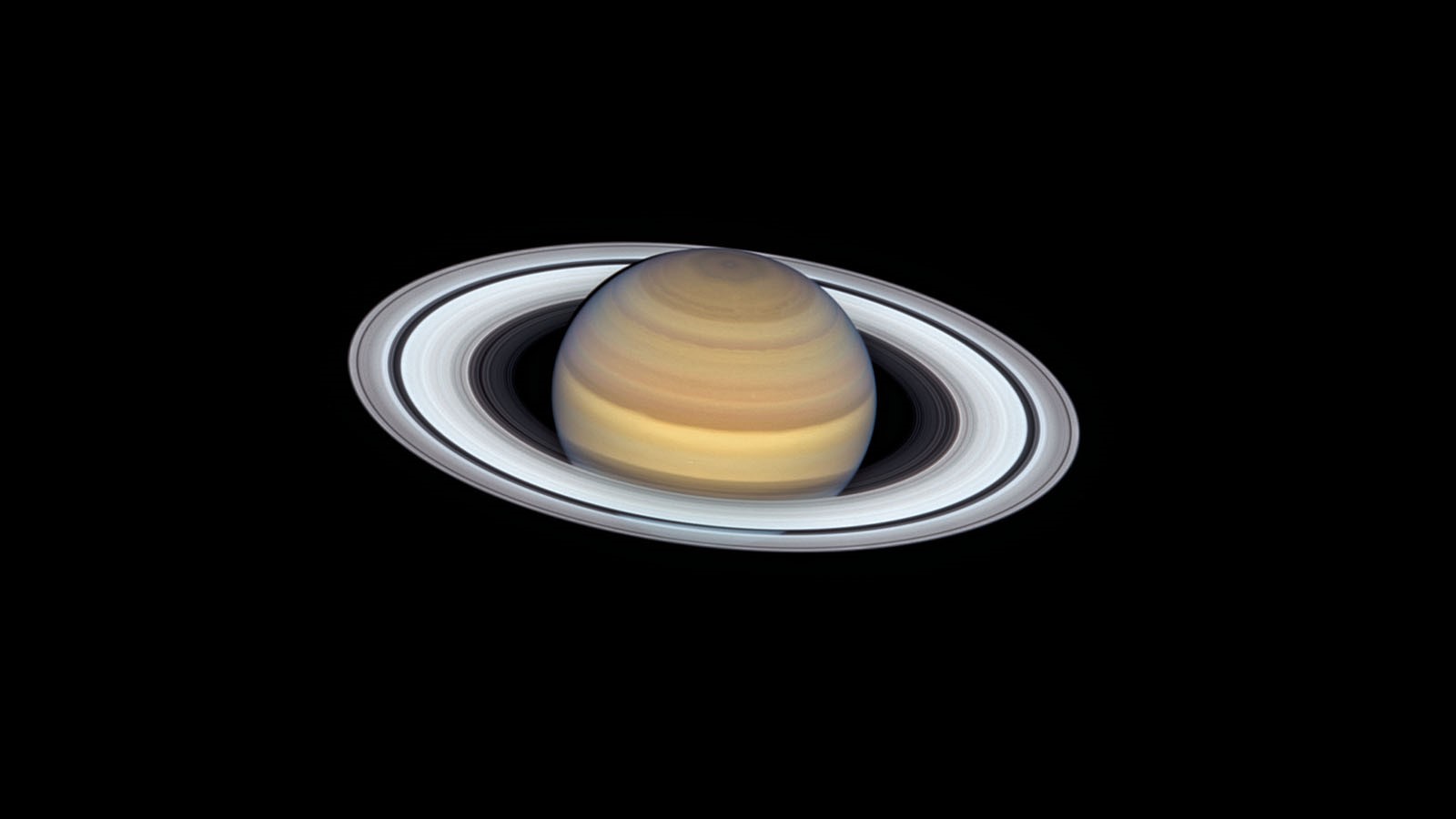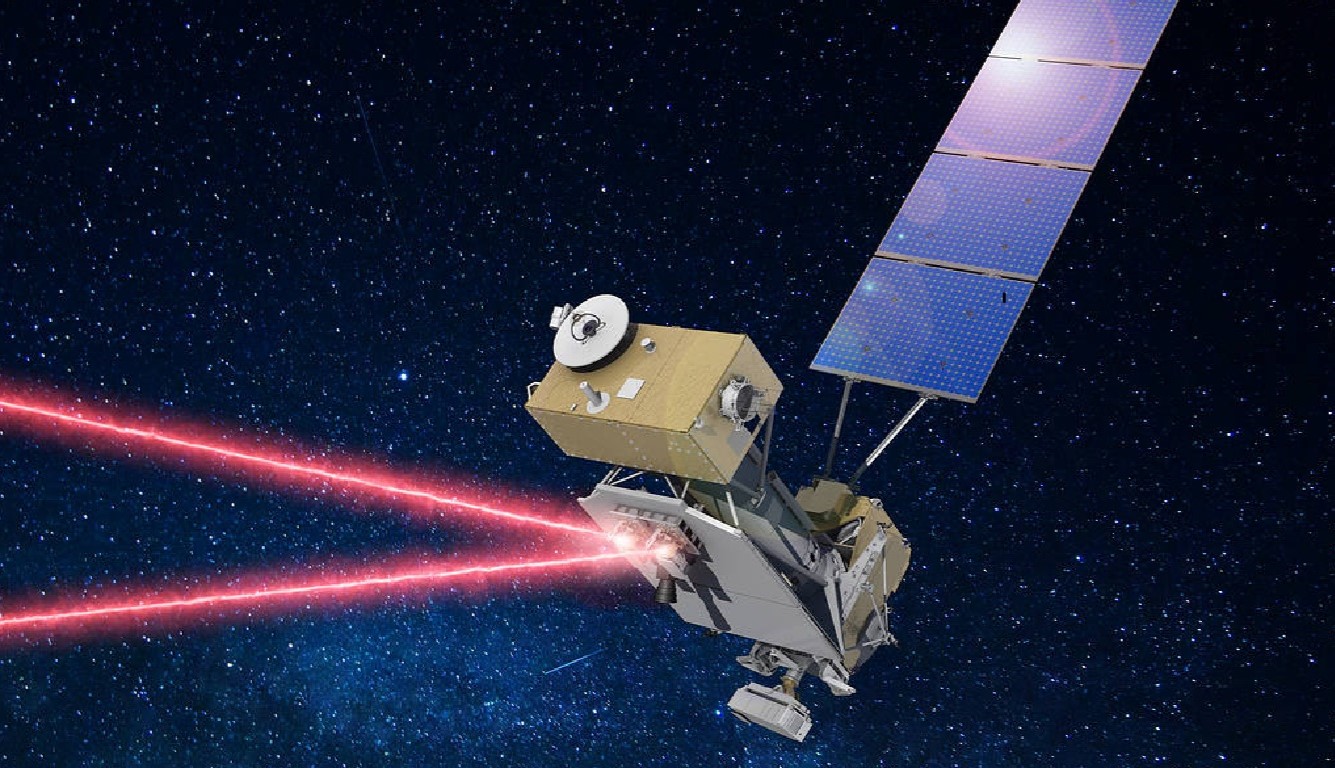
Planetary rings are some of the most mesmerizing features in our solar system. But what exactly are they? Planetary rings are collections of dust, rock, and ice that orbit around planets, creating stunning visual spectacles. Saturn's rings are the most famous, but did you know other planets like Jupiter, Uranus, and Neptune also have rings? These rings vary in size, composition, and visibility. Some are bright and easily seen, while others are faint and require powerful telescopes to observe. Understanding these rings can teach us a lot about the formation and evolution of our solar system. Ready to dive into the wonders of planetary rings? Let's explore 14 fascinating facts about these celestial marvels!
What Are Planetary Rings?
Planetary rings are fascinating structures composed of dust, ice, and rock particles that orbit around planets. They are not just beautiful to look at but also hold many secrets about the formation and evolution of our solar system.
-
Saturn's Rings Are the Most Famous
Saturn's rings are the most well-known and extensive in our solar system. They are made up of countless small particles, ranging from micrometers to meters in size, primarily composed of water ice. -
Jupiter Has Rings Too
Jupiter also has rings, although they are much fainter and less prominent than Saturn's. These rings are primarily composed of dust particles ejected from its moons due to meteoroid impacts.
How Do Planetary Rings Form?
Understanding the formation of planetary rings helps us learn more about the history of our solar system. Various theories explain how these rings come into existence.
-
Roche Limit
The Roche limit is the distance within which a celestial body, held together only by its gravity, will disintegrate due to a planet's tidal forces. This concept explains why rings form close to planets. -
Moon Disintegration
Rings can form from the disintegration of moons that venture too close to their parent planet. The tidal forces tear the moon apart, creating a ring of debris.
What Are the Components of Planetary Rings?
The composition of planetary rings varies, offering clues about their origins and the conditions in their respective planetary systems.
-
Ice and Rock
Most planetary rings are composed of ice and rock. The ice often reflects sunlight, making the rings visible from Earth. -
Dust Particles
Some rings, like those of Jupiter, are primarily made of dust particles. These particles are usually the result of meteoroid impacts on the planet's moons.
Unique Features of Planetary Rings
Each planetary ring system has unique characteristics that set it apart from others. These features can be quite surprising and intriguing.
-
Saturn's Rings Have Gaps
Saturn's rings have several gaps, the most famous being the Cassini Division. These gaps are caused by the gravitational influence of Saturn's moons. -
Uranus Has Dark Rings
Uranus has dark, narrow rings composed mainly of large particles. These rings are difficult to see because they reflect very little light.
The Role of Moons in Shaping Rings
Moons play a significant role in shaping and maintaining planetary rings. Their gravitational forces can create gaps, waves, and other structures within the rings.
-
Shepherd Moons
Shepherd moons are small moons that orbit near the edges of planetary rings. Their gravity helps keep the ring particles in place, preventing them from spreading out. -
Resonance Effects
The gravitational pull of moons can create resonance effects, leading to the formation of gaps and waves in the rings. These effects are particularly noticeable in Saturn's rings.
Observing Planetary Rings
Observing planetary rings provides valuable data for scientists. Various missions and telescopes have contributed to our understanding of these structures.
-
Voyager Missions
The Voyager missions provided the first detailed images of the rings of Jupiter, Saturn, Uranus, and Neptune. These missions revolutionized our understanding of planetary rings. -
Hubble Space Telescope
The Hubble Space Telescope has captured stunning images of planetary rings, offering insights into their composition and structure.
Future of Planetary Rings
The future of planetary rings is a topic of ongoing research. Scientists are keen to understand how these rings will evolve over time.
-
Ring Erosion
Planetary rings are not permanent structures. Over time, they can erode due to various factors, including collisions and the influence of the planet's magnetic field. -
Potential for New Rings
New rings can form from the debris of moons or comets that break apart near a planet. This process ensures that planetary rings remain dynamic and ever-changing.
The Wonders of Planetary Rings
Planetary rings are more than just beautiful cosmic accessories. They tell stories about the formation and evolution of our solar system. From Saturn's stunning rings to the faint ones around Jupiter, Uranus, and Neptune, each set of rings offers unique insights. These rings are made of ice, rock, and dust, varying in size from tiny grains to massive boulders. Some rings are young, while others have been around for billions of years. They interact with moons and even create new ones. Observing these rings helps scientists understand gravitational forces and the dynamics of celestial bodies. So next time you gaze at images of Saturn or read about Uranus, remember the incredible science behind those rings. They’re not just pretty sights; they’re windows into the past and keys to future discoveries. Keep looking up and stay curious!
Was this page helpful?
Our commitment to delivering trustworthy and engaging content is at the heart of what we do. Each fact on our site is contributed by real users like you, bringing a wealth of diverse insights and information. To ensure the highest standards of accuracy and reliability, our dedicated editors meticulously review each submission. This process guarantees that the facts we share are not only fascinating but also credible. Trust in our commitment to quality and authenticity as you explore and learn with us.


